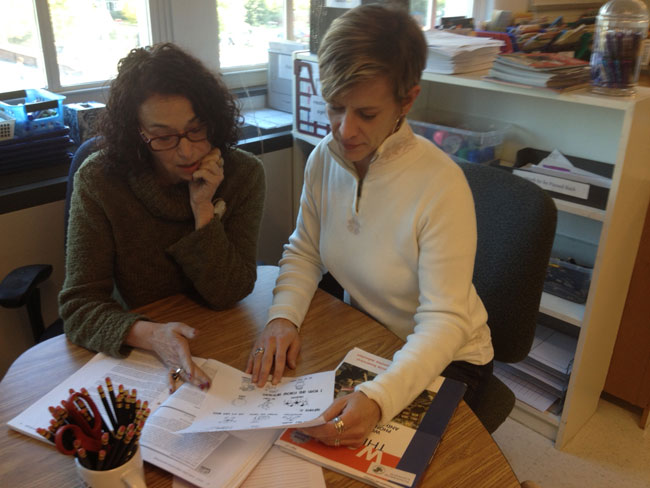
What do we want our students to learn?
How will we know they learned it?
What will we do if they already know it or if they didn’t learn it?
You can learn to be smart.
What we are doing is important.
I am here to help you.
The above questions and key messages were at the core of my instructional belief system during my years as an elementary principal. I shared them with my staff and our parents at the beginning of and during every school year. There are some things that are worth asking and repeating.
What do we want our students to learn? How will we know they learned it? What will we do if they already know it or if they didn’t learn it? If a school staff doesn’t know the answers to these questions, the instructional program will be directionless and without rigor. A framework for learning will be missing and student achievement will suffer. If a school staff has the end in mind, if they know what they want their students to learn and know how they will assess if the students have met those goals, then there is a road map for instruction, re-teaching and acceleration.
You can learn to be smart. What we are doing is important. I am here to help you. These are the messages I expected my staff to give to our students on a daily basis, explicitly and implicitly. Being smart isn’t something that we are born with or without. It is something that can and should be learned. We must give our students the message that we believe in them and that the work we do together in school is important, that they are valued and that as a school staff, we are here to help them succeed.
Taking this a step further, Carol Dweck, in “Even Geniuses Work Hard” says “individuals with a growth mindset believe they can develop their intelligence over time.” Research shows that students with a “growth mindset view challenging work as an opportunity to learn and grow. Students with a growth mindset are more likely to respond to initial obstacles by remaining involved, trying new strategies, and using all the resources at their disposal for learning.” They are also more inclined to become leaders.
We must provide our students with a learning environment that instills in them a growth mindset, teaches them the strategies to learn to be smart, ensures that they believe what they are doing is important and demonstrates that we, as teachers, are there to help them. This can only happen if we have a roadmap and know what we want them to learn and how we will follow up if they don’t know it yet or if they know the content already. This is not asking too much for our students.
By Laurie Gross, Educational Consultant and Reading Specialist.